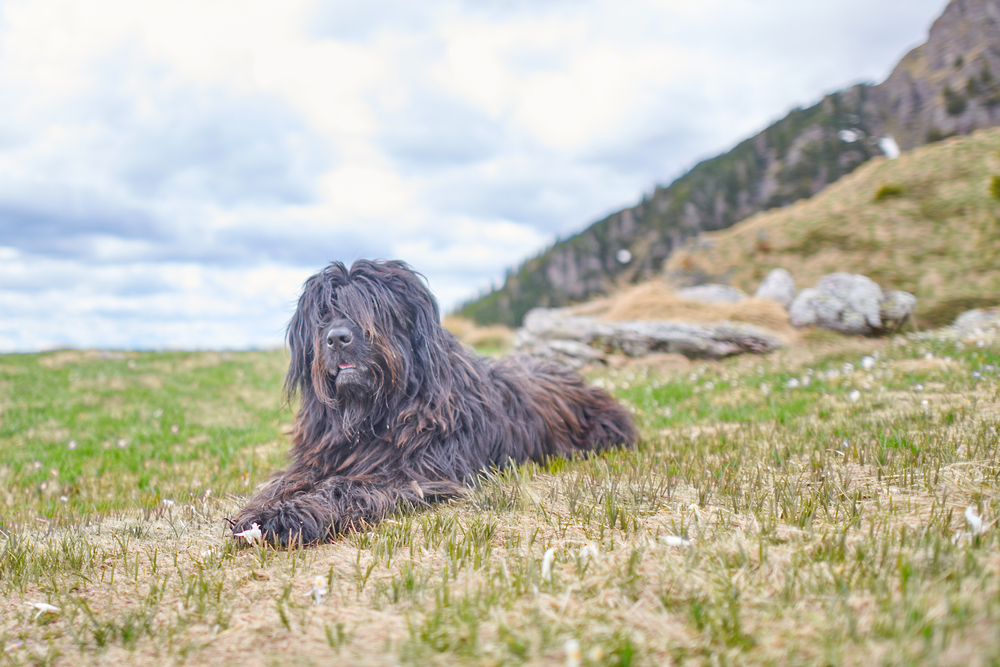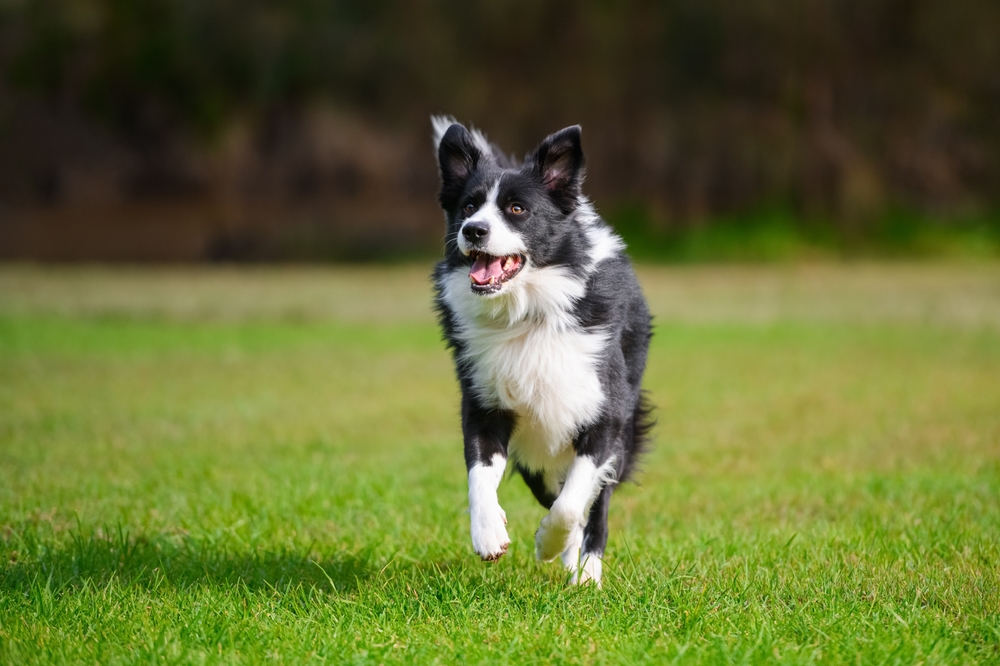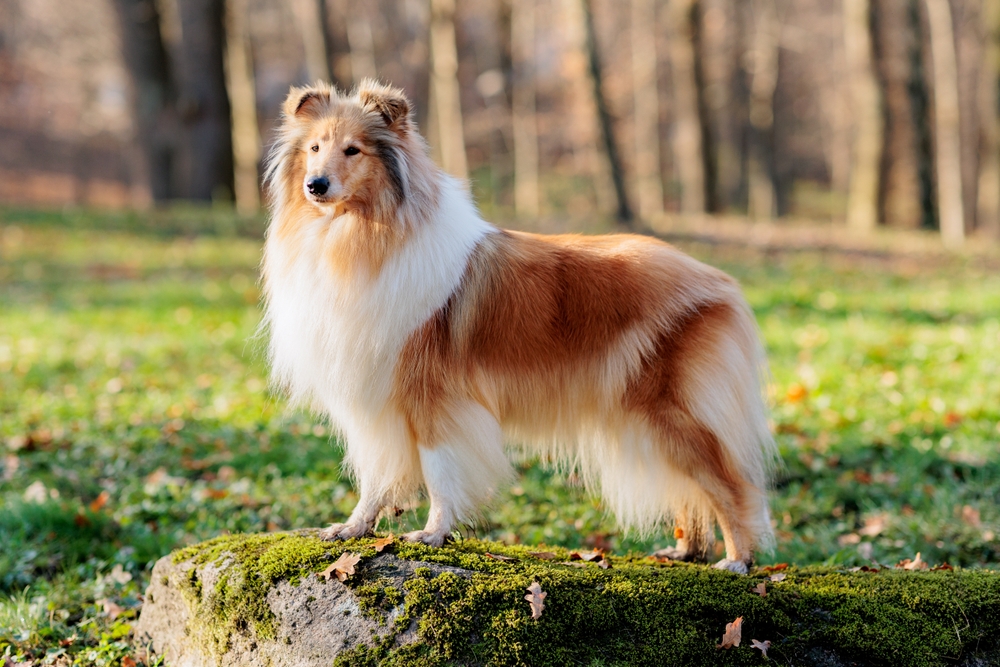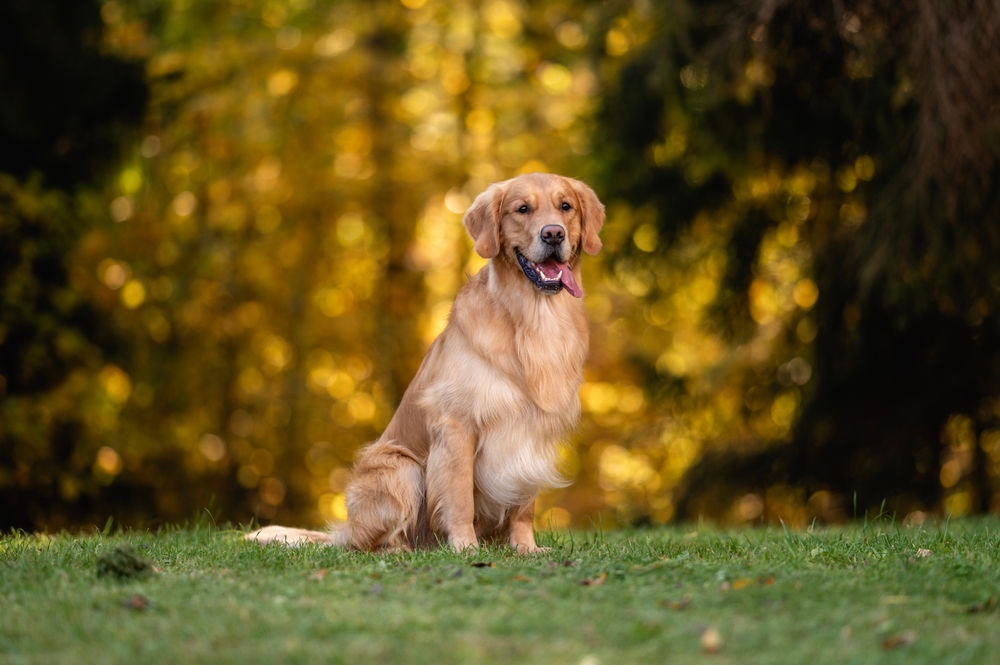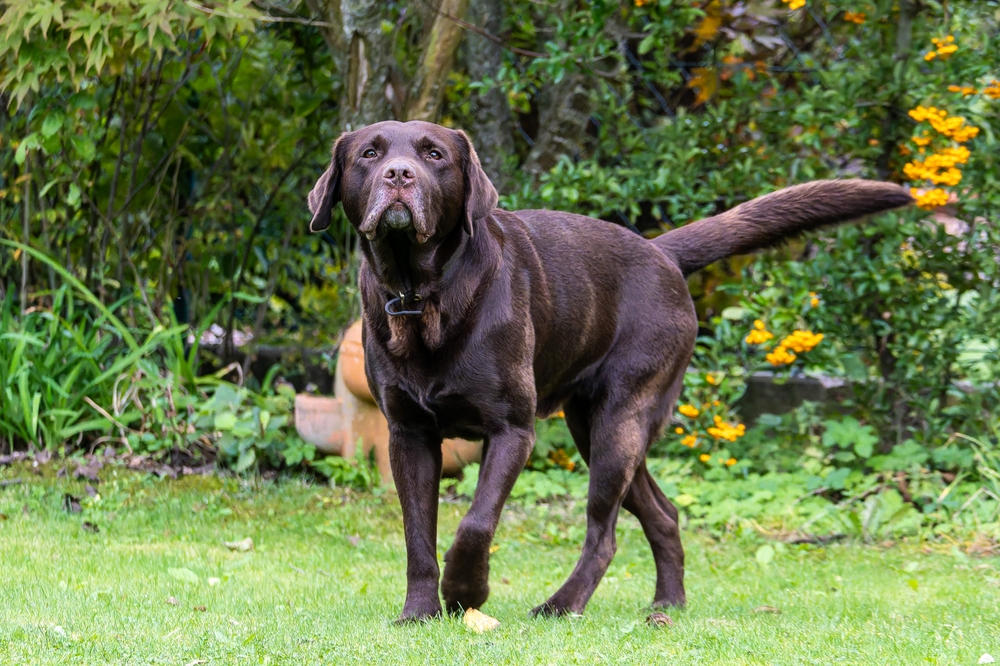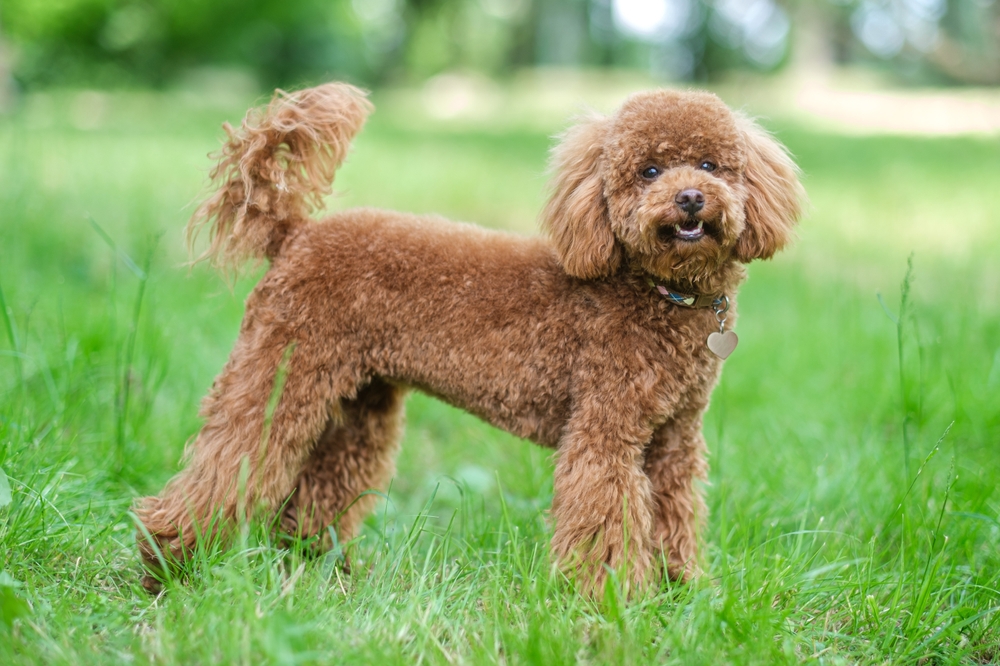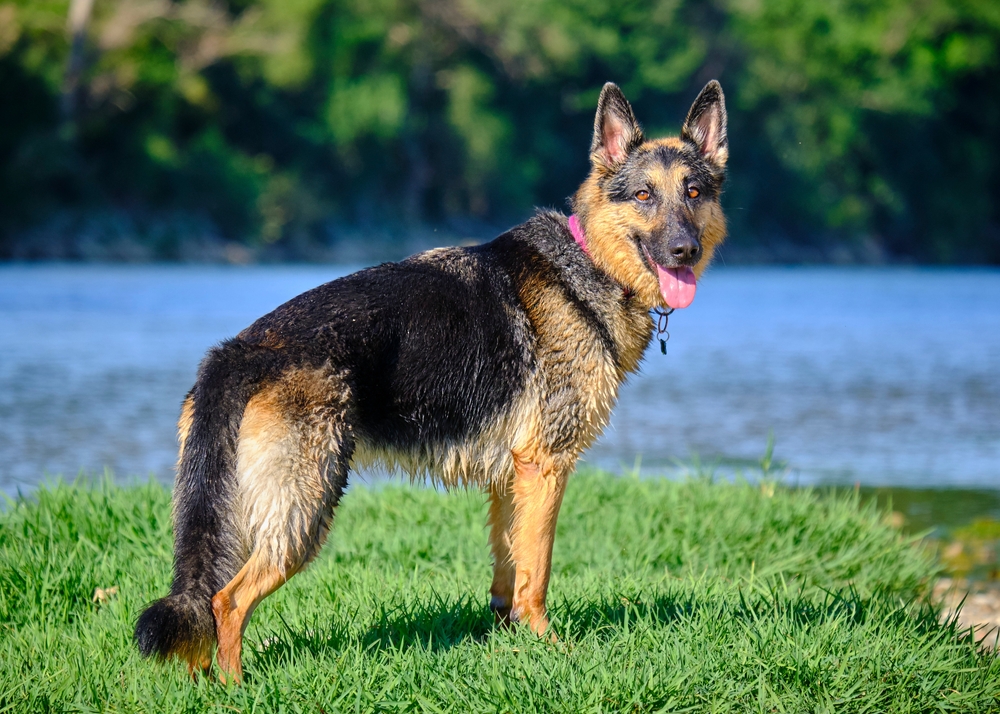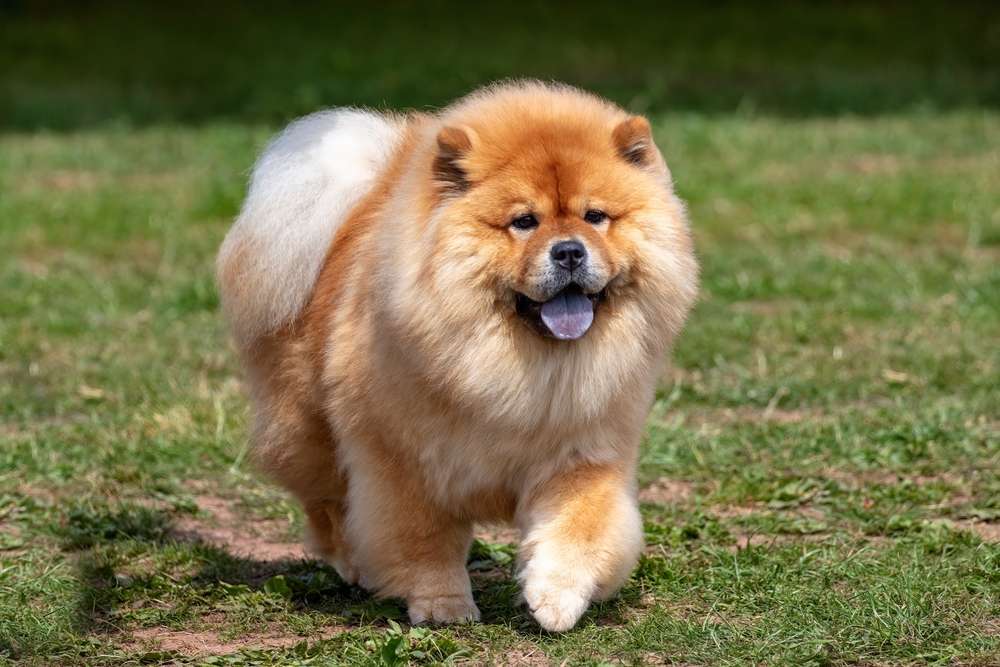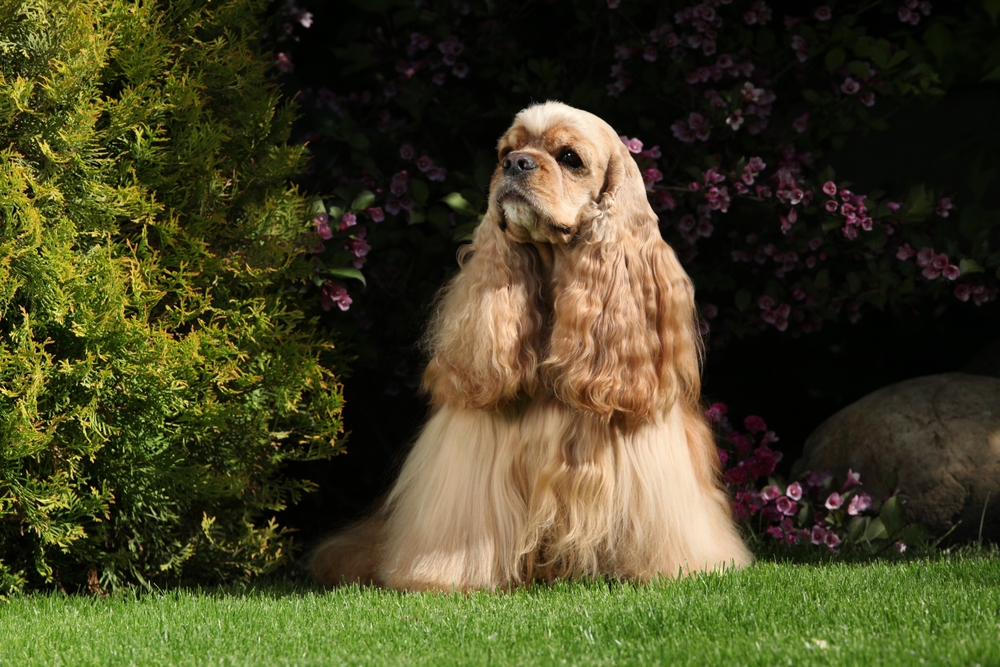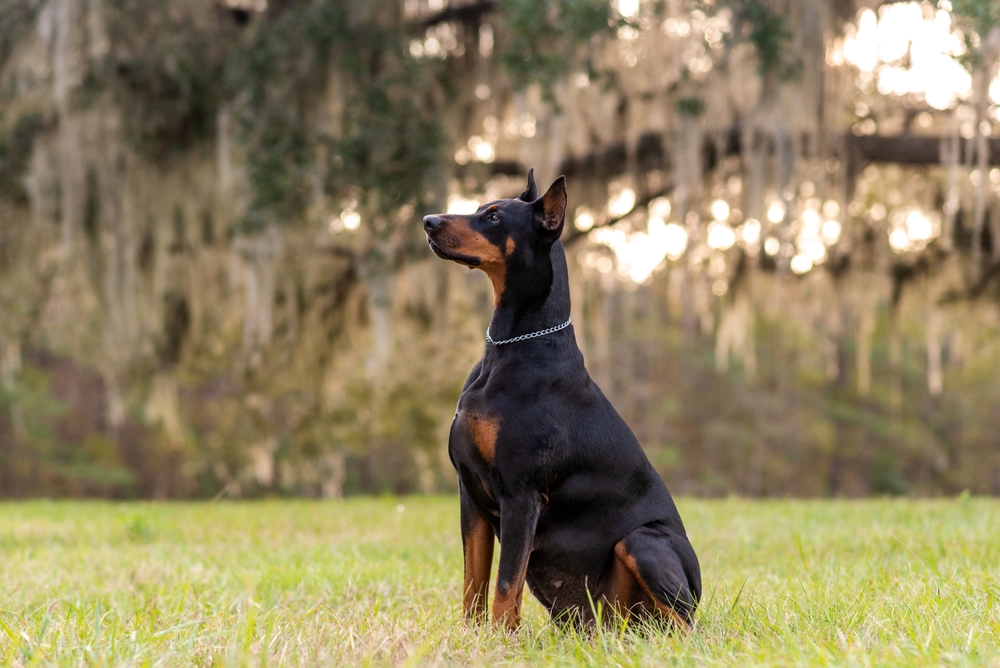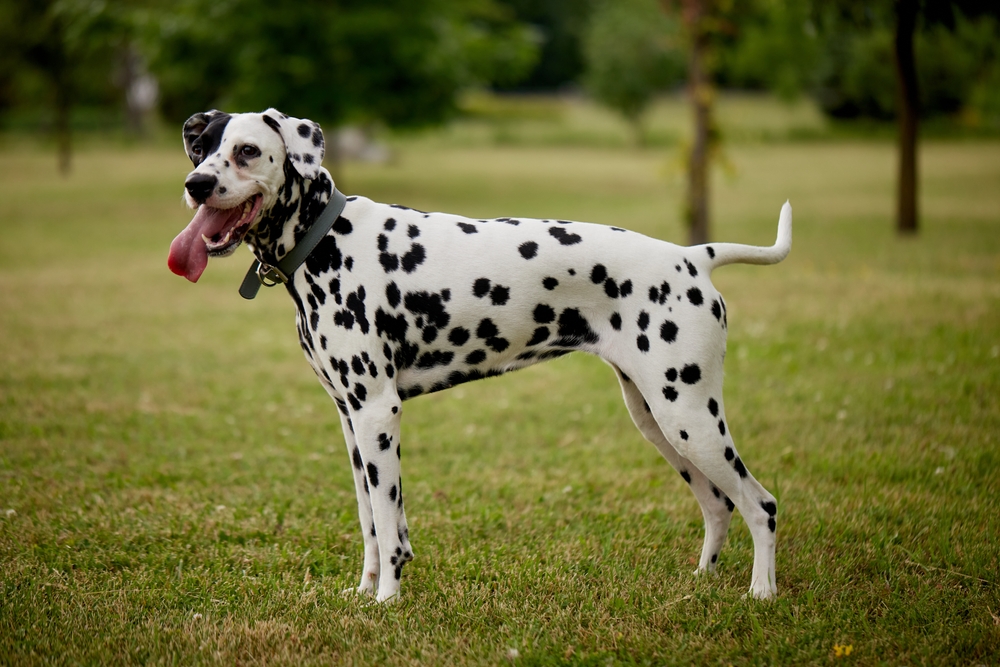Reproduction
The reproductive cycle of the Old English Sheepdog follows the general domestic dog pattern, but their dense coat, large size, and herding heritage require careful management during breeding and whelping.
1. Mating and Courtship:
Old English Sheepdogs typically reach sexual maturity between 8 and 12 months, but responsible breeding is delayed until females are at least 18–24 months old to ensure full physical and emotional maturity. Breeding pairs should be healthy, well-tempered, and free from heritable conditions common in the breed.
2. Estrus Cycle:
Females usually come into heat twice a year, with each cycle lasting about 2–3 weeks. The optimal breeding window is typically between days 9–14, though ovulation can vary by individual.
3. Gestation:
The gestation period averages 63 days (about 9 weeks). Pregnant females should be kept on a nutrient-rich, large-breed-appropriate diet, with regular moderate exercise to maintain muscle tone without overexertion.
4. Birth of Puppies:
Typical litter sizes range from 5 to 8 puppies, though litters of 4–10 are possible. The whelping area should be kept clean, warm, and free from coat debris that could tangle around puppies.
5. Care and Nurturing:
For the first 3–4 weeks, the mother provides constant nursing, warmth, and cleaning. Puppies open their eyes around 10–14 days and begin walking shortly afterward. Breeders often trim hair around the dam’s belly to allow puppies easier access to nurse.
6. Weaning and Socialization:
Weaning begins at about 4 weeks, transitioning to high-quality large-breed puppy food. Early socialization between 4–12 weeks is essential, as Old English Sheepdogs grow into large, energetic adults that require confident, well-mannered behavior.
7. Independence:
By 8–10 weeks, puppies are generally ready for rehoming, though some breeders keep them until 12 weeks to reinforce training and ensure strong early development.
Because Old English Sheepdogs can be prone to hip dysplasia, progressive retinal atrophy (PRA), cataracts, and autoimmune disorders, responsible breeders perform comprehensive health screenings before mating to ensure healthy, sound litters.



































































